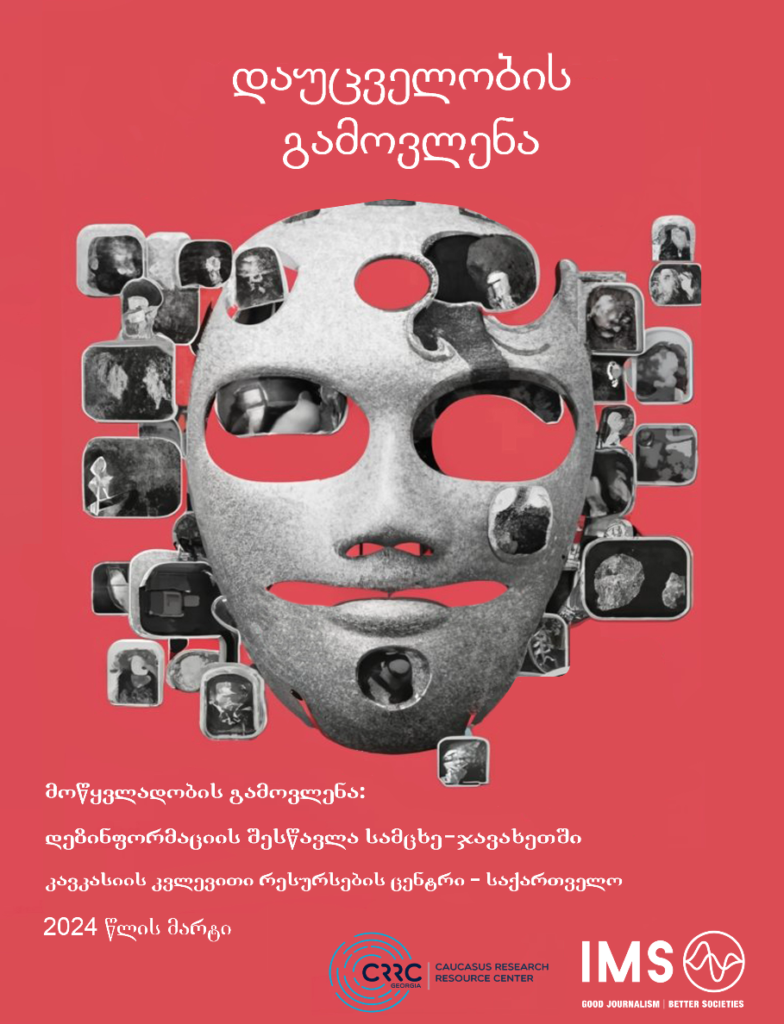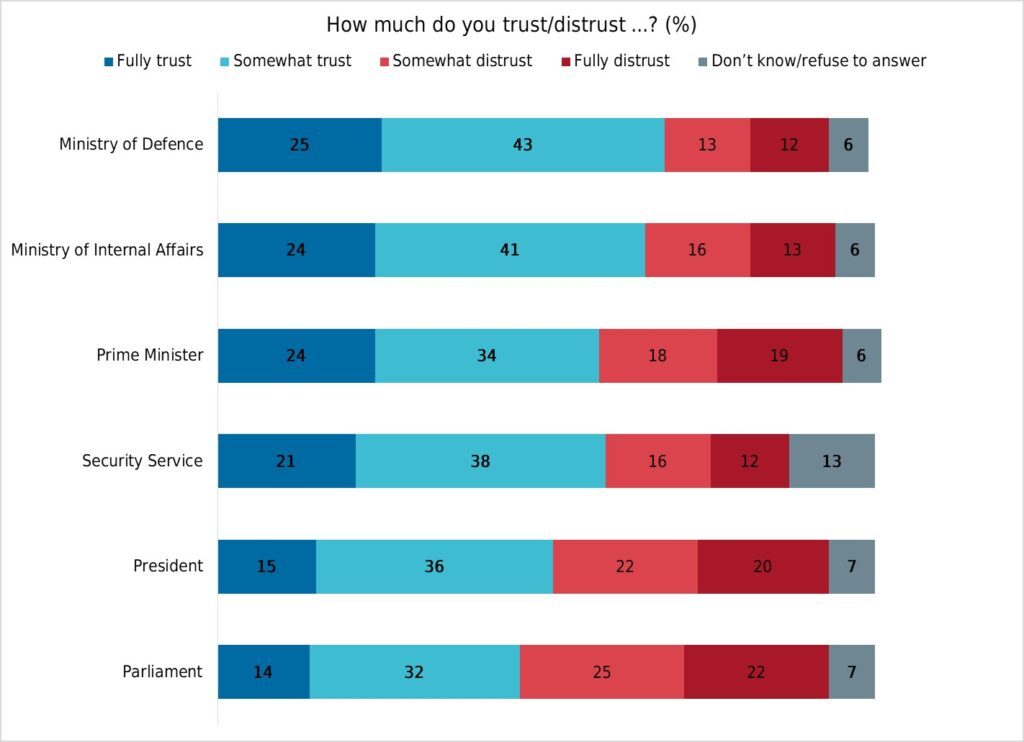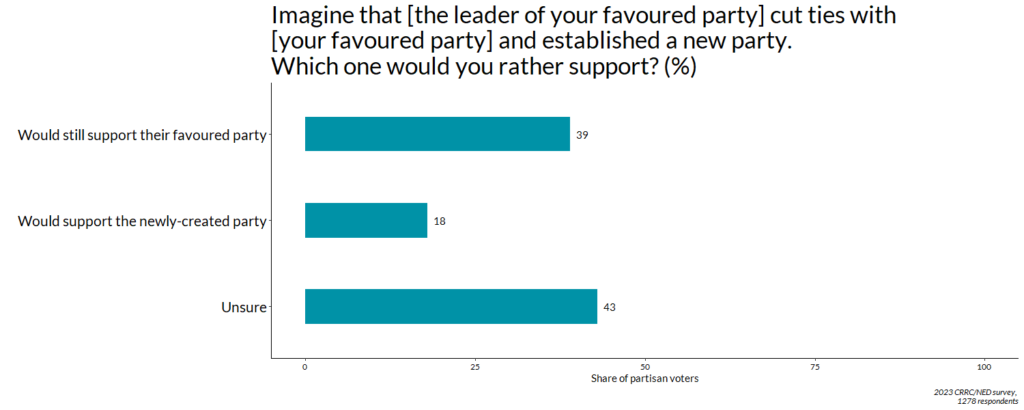World Vision, a development NGO located in Georgia and worldwide, has come out with a new research report on street children in Georgia. If you are interested in the report, we would be more than happy to send it to you.
Interesting findings in the report include:
- Many street children are coming to Tbilisi from other parts of the country.
- Often these children have no form of documentation.
- Adults usually control the funds collected by children’s various money earning strategies.
- Roma street children play a central role.
- It appears that all Roma use one last name and register at the same address, raising interesting questions of Roma begging networks.
Methodologically, however, the report leaves a few things to be desired. The reports claims at the beginning that it is a qualitative report and then begins to present quantitative data.
Source: World Vision. 2007. “Street Children and Labor in Tbilisi”
This graph has several large problems, and it illustrates some of the problems that we often encounter in research done by NGOs.
- The graph claims that 77% of the street children interviewed are beggars. But 77% of what sample? This graph could lead the reader to think that 77% percent of street children are beggars–while in fact it is only 77% of the sample that already claims not be representative of the entire population of street children.
- There is a problem of categorization here. It is not that street children are either “beggars,”” thieves” or “laborers.” Most likely marginalized children often are a combination of all three. That is, the three categories probably are not mutually exclusive, but rather overlapping.
- As Dr. Kulick, the resident Tbilisi expert on presenting quantitative data argues, using pie charts is almost never a good idea to display quantitative information (even if the quantitative information was good). 3D pie charts are especially bad because the human mind has a lot of trouble conceptually understanding foreshortened spaces. Therefore the image means relatively little. If you are interested in more articles on this topic, please send us an email. We are happy to share.
It is great that NGOs engage in such research, but sometimes just a few more steps would help to ensure that a report gets everything right. There are considerable benefits to the academic practice of presenting research publicly, to get feedback, before publishing the final version. (At any rate, we would be happy to help any research project.)













